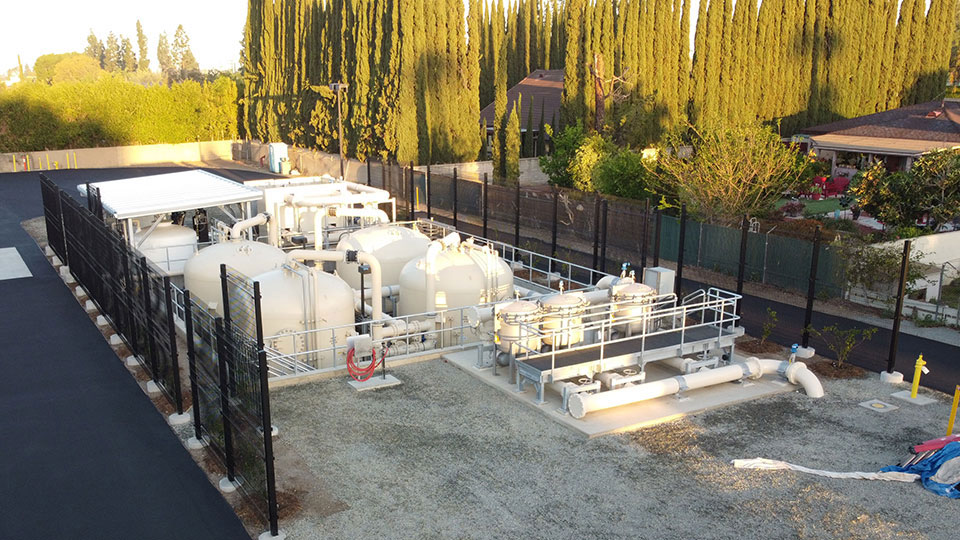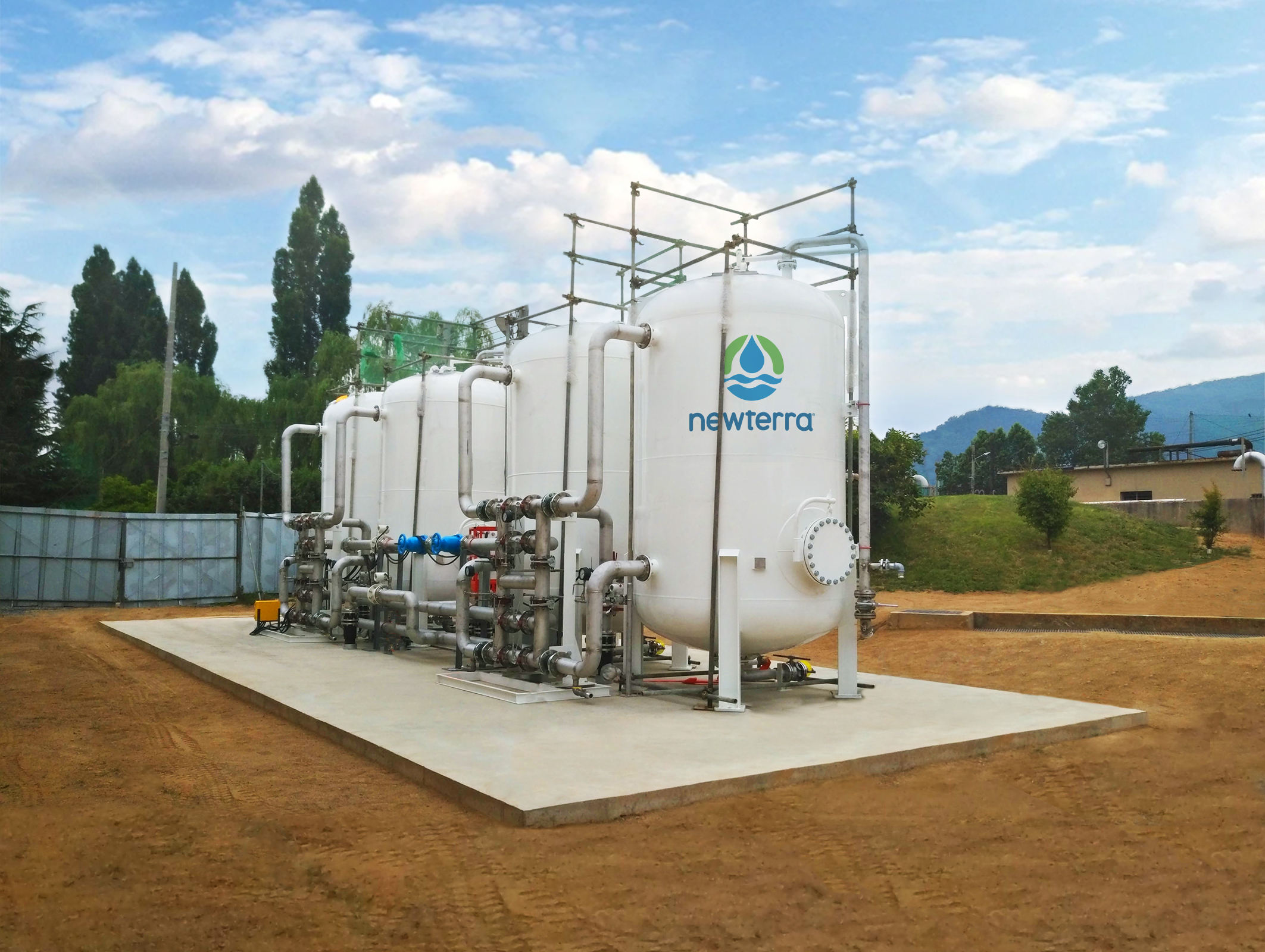Your Overview to PFAS Therapy Technologies and Benefits
The prevalence of PFAS contamination in water sources demands a comprehensive understanding of readily available treatment modern technologies. Each modern technology not only targets details PFAS compounds however additionally plays an important duty in improving total water quality and protecting ecological integrity.
Comprehending PFAS Contamination
Understanding PFAS contamination is vital for resolving its prevalent effect on environmental and human health (m270 pfas treatment). Per- and polyfluoroalkyl substances (PFAS) are a group of artificial chemicals widely used in different industrial and consumer products because of their water- and grease-resistant properties. Typically discovered in firefighting foams, non-stick pots and pans, and water-repellent materials, PFAS have actually gone into the atmosphere via production processes, wastewater discharges, and seeping from land fills
As soon as launched, these substances continue in the atmosphere, leading to extensive contamination of soil and water sources. Their special chemical structure, defined by strong carbon-fluorine bonds, makes them resistant to deterioration, leading to a phenomenon referred to as "forever chemicals." PFAS can accumulate in the human body and the food chain, potentially causing adverse health and wellness results, consisting of immune system interruption, developmental issues, and a boosted threat of specific cancers.
Regulatory firms and health and wellness organizations are increasingly identifying the importance of PFAS contamination, prompting initiatives to keep track of, analyze, and alleviate its effects. Comprehending the paths of PFAS contamination is essential for notifying public policy and creating efficient approaches to secure both ecological and human health.
Overview of Treatment Technologies
Numerous therapy innovations have actually been established to attend to the challenges postured by PFAS contamination in water and soil. These modern technologies can be broadly classified right into several classifications, each with its one-of-a-kind mechanisms and efficiency in getting rid of PFAS substances.
One prominent method is ion exchange, which makes use of material products to capture and eliminate PFAS from polluted water. This approach is particularly reliable for short-chain PFAS and can accomplish substantial decreases in concentration levels. Another innovation, progressed oxidation procedures (AOPs), uses solid oxidants and ultraviolet light to break down PFAS into less hazardous compounds. AOPs are ideal for dealing with a wide array of PFAS substances yet may require careful optimization to make the most of effectiveness.

Activated Carbon Filtration
Triggered carbon purification is an extensively made use of technique for the removal of PFAS from contaminated water, recognized for its ability to adsorb a broad variety of organic compounds. This technology uses triggered carbon, an extremely porous material with an extensive area, which helps with the binding of PFAS molecules through physical adsorption. The effectiveness of activated carbon in removing PFAS is influenced by numerous variables, including the sort of carbon utilized, the contact time, and the concentration of PFAS in the water.
Among the advantages of activated carbon purification is its versatility; it can be applied in different setups, such as granular triggered carbon (GAC) systems or powdered triggered carbon (POLITICAL ACTION COMMITTEE) systems. GAC systems are normally used in larger-scale applications, while political action committee can be made use of in smaller sized or momentary arrangements. The innovation is reasonably very easy to operate and keep, making it obtainable for numerous water therapy facilities.

Ion Exchange Systems
Ion exchange systems represent another effective approach for the removal of PFAS from infected water, matching techniques like turned on carbon purification. These systems operate the principle of trading ions in the water with ions hung on a resin product. Ion exchange resins can be specifically formulated to target the negatively billed PFAS compounds, efficiently capturing them and allowing cleaner water to travel through.
One of the main advantages of ion exchange systems is their ability to get rid of a variety of PFAS, including both long-chain and short-chain variants. This adaptability makes them appropriate for different applications, varying from local water therapy to commercial procedures. In addition, ion exchange systems can frequently accomplish lower discovery restrictions for PFAS contrasted to a few click to investigate other therapy techniques, therefore improving water quality.
Nevertheless, it is necessary to check and take care of the regeneration of ion exchange media, as the performance can decrease gradually because of saturation. Proper upkeep and click to read more replacement of the resin are critical for sustaining the system's efficiency. Generally, ion exchange systems give a reputable and reliable remedy for PFAS elimination, contributing dramatically to risk-free alcohol consumption water criteria and ecological defense.
Advanced Oxidation Processes
Advanced Oxidation Processes (AOPs) use effective oxidants to properly break down PFAS compounds in contaminated water. These ingenious therapy methods create very responsive varieties, such as hydroxyl radicals, that can damage down complex PFAS particles right into much less damaging results. m270 pfas treatment. AOPs normally use combinations of ultraviolet (UV) light, ozone, hydrogen peroxide, or Fenton's reagent, boosting the oxidation possibility and improving deterioration effectiveness
The main benefit of AOPs hinges on their ability to target a broad variety of PFAS substances, consisting of both long-chain and short-chain variations. This adaptability is crucial, as PFAS contamination usually includes mixtures of different compounds with differing chemical structures. Moreover, AOPs can be integrated right into existing water treatment systems, making them a practical solution for several municipalities and industries.
Nonetheless, the implementation of AOPs can be resource-intensive, requiring mindful consideration of functional prices and energy consumption. In addition, while AOPs work in breaking down PFAS, they might not totally get rid of all byproducts, demanding additional therapy steps - m270 pfas treatment. Overall, AOPs stand for an appealing opportunity for attending to PFAS contamination, adding to cleaner water sources and improved public health view it now security

Conclusion
In conclusion, addressing PFAS contamination calls for a detailed understanding of offered treatment innovations. Turned on carbon purification, ion exchange systems, and advanced oxidation processes each existing special advantages for effectively eliminating these dangerous compounds from water resources. By picking the suitable technology, areas can boost water top quality, shield public health, and alleviate the ecological risks connected with PFAS exposure. Proceeded research and application of these techniques are vital for effective monitoring of PFAS contamination in affected locations.